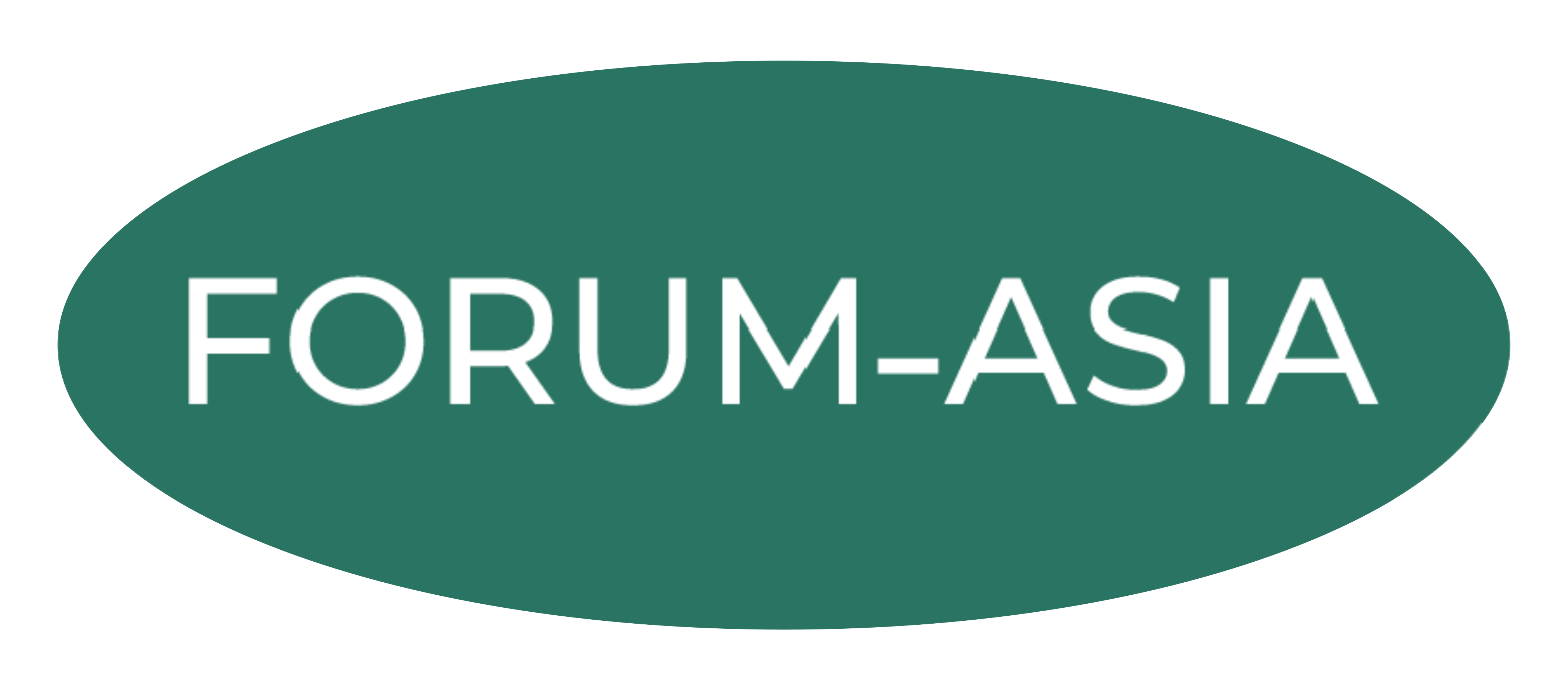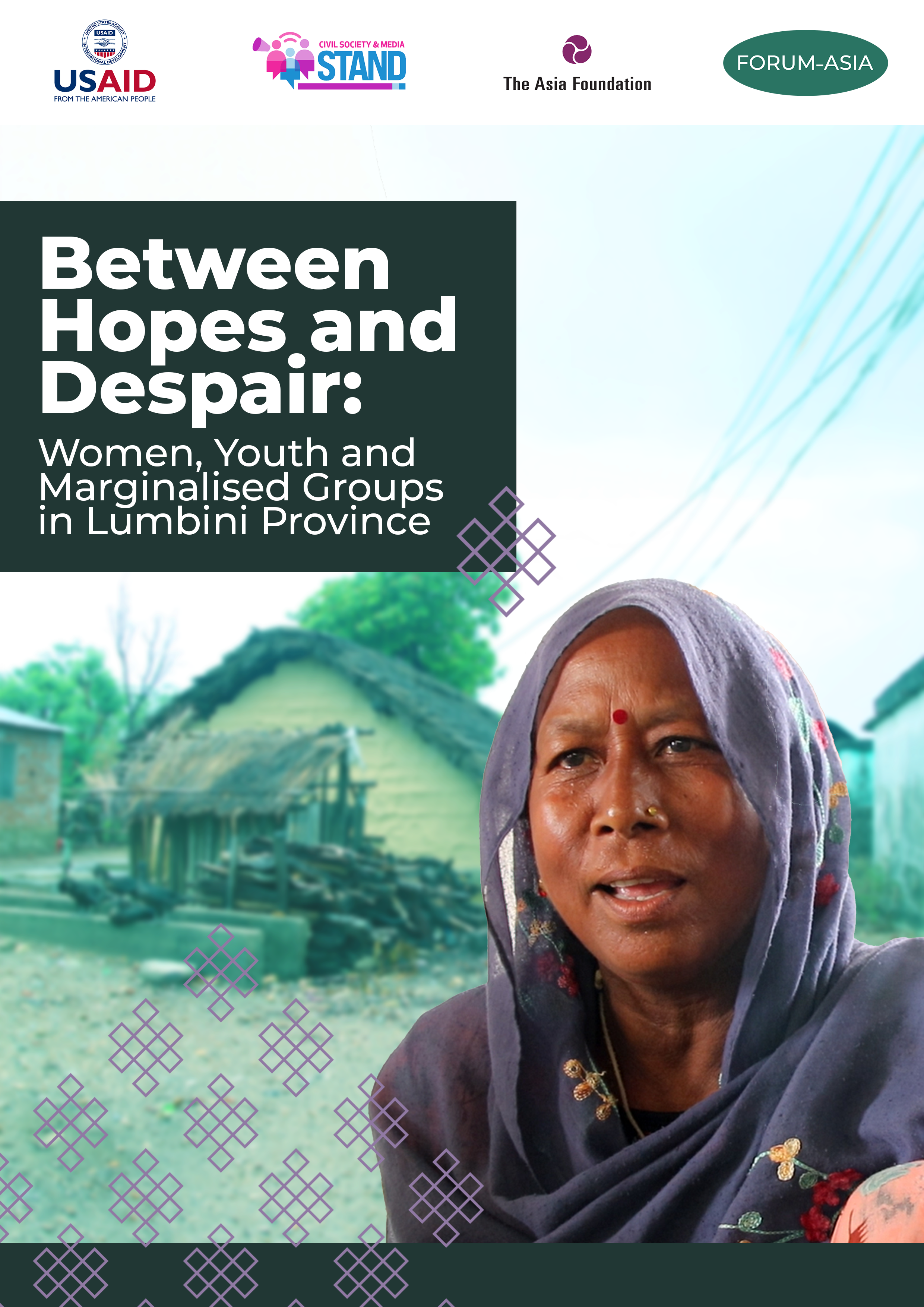 The Lumbini Province experienced a record number of human rights violation cases in the year 2022, with the majority of cases coming from the Women, Youth, and Marginalised (WYM) population. This situation shows how different aspects of a person’s identity, such as their gender, caste, ethnicity, religion, job, family background, community, and where they live, all come together to affect them. It also proves that even though there have been some improvements in society and the law, women and marginalised groups still face a lot of discrimination and exclusion. These violations of WYM’s human rights, fundamental freedom and the shrinking civic space threaten the very foundation of an inclusive and democratic society. Our goal is to unearth some of these human rights violations and abuses related to fundamental freedom, human rights, and civic space, in a bid to identify challenges and opportunities for advancing human rights and civic engagement.
The Lumbini Province experienced a record number of human rights violation cases in the year 2022, with the majority of cases coming from the Women, Youth, and Marginalised (WYM) population. This situation shows how different aspects of a person’s identity, such as their gender, caste, ethnicity, religion, job, family background, community, and where they live, all come together to affect them. It also proves that even though there have been some improvements in society and the law, women and marginalised groups still face a lot of discrimination and exclusion. These violations of WYM’s human rights, fundamental freedom and the shrinking civic space threaten the very foundation of an inclusive and democratic society. Our goal is to unearth some of these human rights violations and abuses related to fundamental freedom, human rights, and civic space, in a bid to identify challenges and opportunities for advancing human rights and civic engagement.
The Fact-Finding Mission was conducted in Kapilvastu, Dang, Banke and Rolpa districts of Lumbini Province which specifically aimed to unearth human rights violations and abuses related to fundamental freedoms of expression, association, and peaceful assembly faced by women, youth and marginalized. The primary methods of data collection were Focus Group Discussions (FGDs) and Key Informant Interviews (KIIs) supported by case studies. Although quantitative data was consulted from secondary resources to compliment the findings of the study. There were 25 FGDs conducted with 396 respondents and 27 KIIs conducted with civil society leaders, journalists, human rights activists, ministers, government officials and academia.
WYM experiences perpetual human rights violations streaming from new forms of hierarchy and power-dynamics that prevaricate the socio-political and legal transformation of the past few decades. Patriarchy, unequal power locations, and systemic violence has continued gender-based violence and discrimination, violated their right to education, health and economic standing, and perpetuated their under-representation in the decision-making and problem-solving processes. Youth voices are similarly suppressed due to bias against their age and their unequal power location in public and private spaces that limit their participation in governance. Structural inequalities limit their access to education, employment, and personal development, and also restrict their digital rights which further limits their exposure and access to opportunities. Discrimination and marginalization of historically disadvantaged groups, deeply ingrained in our institutions and culture, persistently harm their dignity and exclude them from mainstream social and political activities. These vulnerabilities become even more pronounced when their multiple identities intersect with existing structural barriers that continue to hinder their progress.
WYM, despite hurdles, are promoting human rights, fundamental freedom and civic space. Women and girls within their context, are fighting to be empowered and are rising as leaders for their cause. Gender responsive policies are aiding women and girls closer to asserting their rights, ensuring meaningful participation and breaking rigid structural barriers, albeit gradually. Women and girls are thus becoming champions for their own cause driving the very fabric of social transformation. Youths are increasingly taking charge in defending and disseminating human rights and fundamental freedom and social causes. In the context, fostering intergenerational dialogue will further encourage and motivate youths to break the barriers that impede their exercise of human rights. Marginalised communities are standing up to defend their dignity and rights. Together with civil society organisations, they are challenging the status quo and asserting their rights. As such, WYM are caught between limits set by the socio-political structures and their inherent desire to live a life of freedom and equality.
Within this paradoxical entanglement of hope and despair experienced by the WYM, there exists a multifaceted source of hope. One of these hopeful aspects is the development of proactive policies designed to address and regulate pertinent issues. It is imperative for a nation that has endorsed international agreements and treaties to formulate policies that align with these commitments. This step will play a greater role in indicating a meaningful commitment towards tackling local issues in alignment with international policy standards.
A different perspective can also be explored at the local government level by initiating efforts to introduce and implement strategies aimed at safeguarding marginalized groups from vulnerabilities. Enhanced collaboration among stakeholders representing different sectors, such as NGOs, private enterprises, and international organizations, can serve to foster advocacy efforts at the local, provincial, and national levels.
This is the executive summary of the report. For the complete and detailed insights, please refer to the original report. This summary aims to provide a quick reference and snapshot of the key findings and recommendations.
Read the report here.
Download the Nepali version of the report here.



